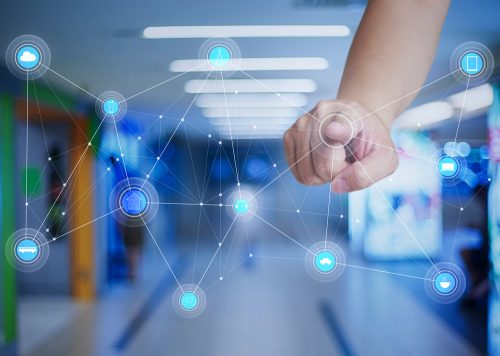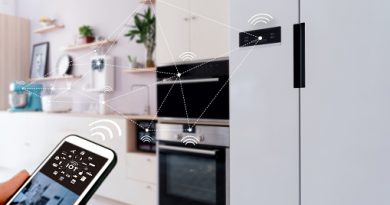Better Technology Allows More Law Enforcement Accuracy
You may not be aware of this, but technology has always played a considerable part in improving public safety. For instance, in 1993, New Jersey law enforcers used the first two-way radio. The device became a standard since then. In addition, new tech innovations have been developed to assist the police in doing their diligent work.
This article will cover some of the technological advancements that have helped increase safety and law enforcement accuracy now and in the future.
Contents
Police Drones
Drones are a relatively new technology, but they’re quickly gaining popularity. With the increased use of drones by the police for gathering evidence and surveillance, they have reinvented how the law enforcers approach specific missions. In addition, drones provide accuracy to law enforcement since they can go where officers can’t. From inspecting damage from natural disasters to responding to bomb threats. Imagine then how easy it would be to track prison escapees or monitor streets.
GPS
The Global Positioning Devices (GPS) drew the attention of law enforcement agencies of all types in the last decade. It became one of the most effective ways of criminal investigation accuracy. Police personnel viewing ground activities may not be aware of the precise location of the events. With GPS, these observers can safely and accurately direct other law enforcers on the scene to a specific place using a digital map combined with a GPS unit. With this one, police officers can easily track criminals and arrest them. In addition, GPS is used to monitor the safety of law enforcers.
Dashboard Camera
Dashboard cameras are a fantastic addition to the police because they provide accurate law enforcement activities to the public. The dashboard camera uninterruptedly records the view through a car’s front windscreen.
Cloud Computing
Law enforcement agencies need to access documents and policies to do a more accurate job. The 1999 invention of Napster file-sharing makes this possible. Napster allows communicating and sharing files between different law enforcement departments. With it, it becomes easier to access accurate data.
Social Media
Social media not only becomes a force to reckon with in terms of connecting with the world, but the police also use it to convey and collect accurate information. Social media allows news to flow directly from the source in real-time. As a result, law enforcement agencies can reach out to people that have previously been difficult to reach.
The Future
A significant number of police departments have used the technologies mentioned above, and they are likely to make use of newer ones like 3D crime-scene Imaging. Soon, 3D crime-scene imaging may an essential facet of policing. A laser scanner can collect data from a scene, preserve it for assessment, and create presentations. With this kind of technology, there will be no guesswork about details on crimes. The technology can also increase the safety of officers at accident sites since they will use less time collecting information and investigating.
Through Wall Radar Imaging
Law enforcement efforts to remotely locate and track individuals through walls has. .Through-wall radar is used by law enforcement agencies to see through a home’s walls. It can allow law enforcement agencies to detect minimal amounts of movement and determine the distance of an object. So, law enforcement agencies will be aware of it before breaking in if somebody inside moves or breathes.
Final Thoughts
At this point, tech is the way to go as far as law enforcement. A Magistrate in the United States that served from 1993 to 2000 and a Judge of the United States District Court since 2000, Judge Dennis M. Cavanaugh concurs that tech like dashboard cameras in police vehicles have played a part in reducing civil cases as they can provide accurate information. Keeping the country running should be without blunders, and with all the technological advancements, it will not be.




